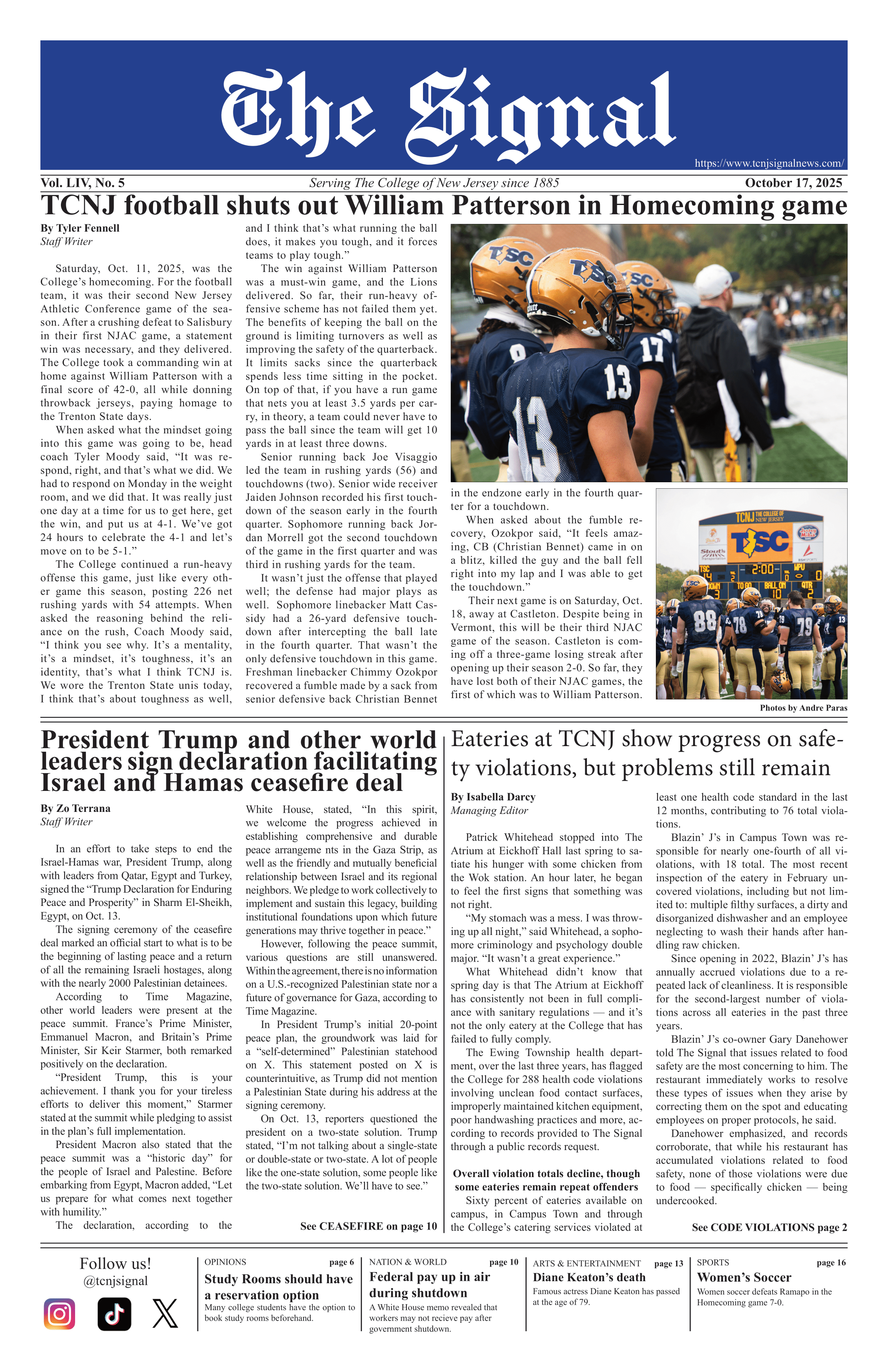By Brielle Bryan
Staff Writer
On the evening of Friday, Dec. 2, Student United Way hosted its second annual Hunger Banquet in the Education Building.
Donte Ingram, president of Student United Way and a senior business management major, began the event by welcoming the crowd.
“Tonight we are advocating on behalf of the millions of people who are negatively affected daily by poverty and hunger,” Ingram said.
According to Ingram, Student United Way is a service organization dedicated to volunteering and advocating in areas that concern education, health and income.
Student United Way’s goals align with Oxfam America, a charitable organization focused on alleviating poverty who provided the model for the activities at the Hunger Banquet.
Ingram finished his opening speech and handed it over to keynote speaker Antonino Scarpati, assistant dean of Nursing, Health and Exercise Science.
While Scarpati used the model Oxfam America provided to run the event, he added his own touches, as well, such as playing a video by Harvard Law on global wealth.
“This event is a metaphor for how food and resources are inequitably distributed around the world,” Scarpati said after playing the video.
Scarpati said there are 2.2 billion people in the world living in poverty and 795 million of them are living with chronic hunger.
Scarpati turned to the audience and asked them to look at the cards that they were handed when they walked into the room.
Each card was categorized as either high, middle or low income, and contained a specific person’s name and background story.
Students who received cards marked as high income were asked to sit in a chair at a table. Those with cards labeled as middle income had to sit in chairs that were not next to a table while those with a low income card had to sit on the floor.
Most students sat on the floor. A small percentage of students sat in chairs that were not next to a table while four students sat in chairs next to a table.
Scarpati said 20 percent of the students had a high income, 30 percent had a middle income and 50 percent had a low income.
Scarpati called out a few names written on the student’s cards and talked about the background story of the named individual. Scarpati went on to discuss situations in which individuals could experience economic mobility.
“It was so crazy how you could go from middle to low income in the blink of an eye,” said Luisanna Lugo, a senior math and secondary education dual major.
When it came time to eat, Scarpati said the students in the high-income group would be served pasta, salad and sweet tea. The students who were middle income would have to walk up to the buffet and could only eat rice and beans. The low-income students were only allowed rice, and women had to wait for the men to eat first.
“It was very eye-opening,” said Tyler Law, a communication studies major who was in the low-income group. “It’s one of those things that is in the back of your mind. You know about poverty, but you never really experience it until you see the charts, hear the speeches and hear the stories.”
According to Lugo, experiencing the situation of poverty firsthand makes people grateful for what they have in their lives.
Sophomore nursing major Dianelis Mendoza said she volunteers at the Trenton Area Soup Kitchen (TASK).
“I see a lot of little kids,” Mendoza said. “They didn’t choose this for themselves. They were just born into it.”
According to Scarpati, every 11.5 seconds 8,000 children die from hunger.
What could the students do with their newfound knowledge on poverty and hunger?
Scarpati and Ingram suggested students should get involved with nonprofits, such as HomeFront and TASK, or service organizations like the Bonner Institute or Habitat for Humanity.
Most clubs give students the opportunity to do charity work, or even co-sponsor an event that is dedicated to advocating on the behalf of a specific cause.
The clubs that co-sponsored the Hunger Banquet were Black Student Union, Sigma Lambda Beta International Fraternity Inc., Haitian Student Association, Chi Upsilon Sigma and TCNJ Red Cross.
Students can also participate in Student United Way’s annual PB&J race in the spring semester.
Scarpati said he hopes students become more involved following their attendance at the event.
He encourages students to reflect on what they’ve learned, share their experience with at least five people and to get involved with one organization that does something to address hunger and poverty.






